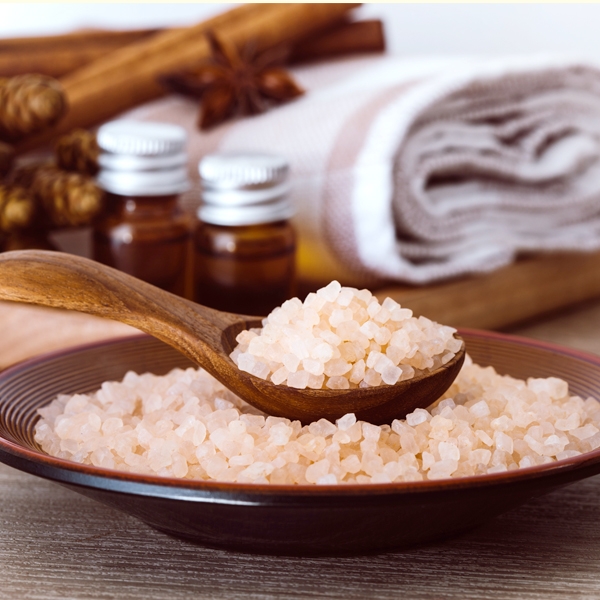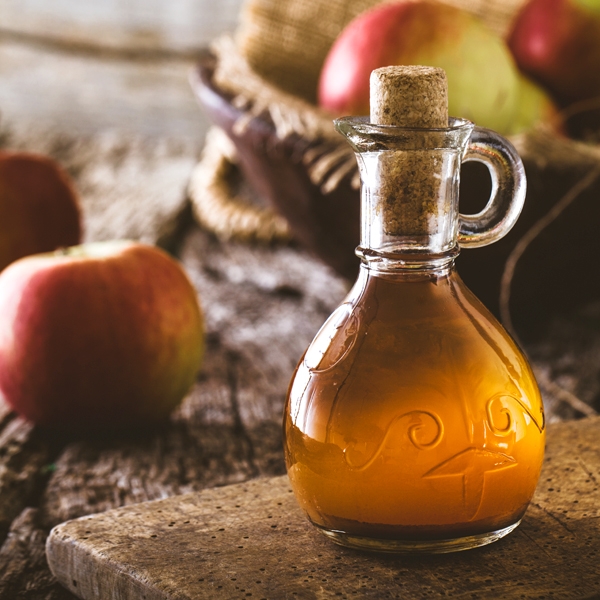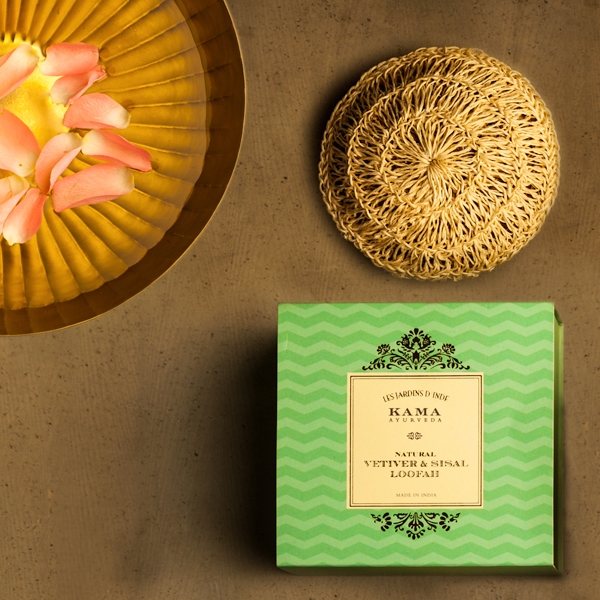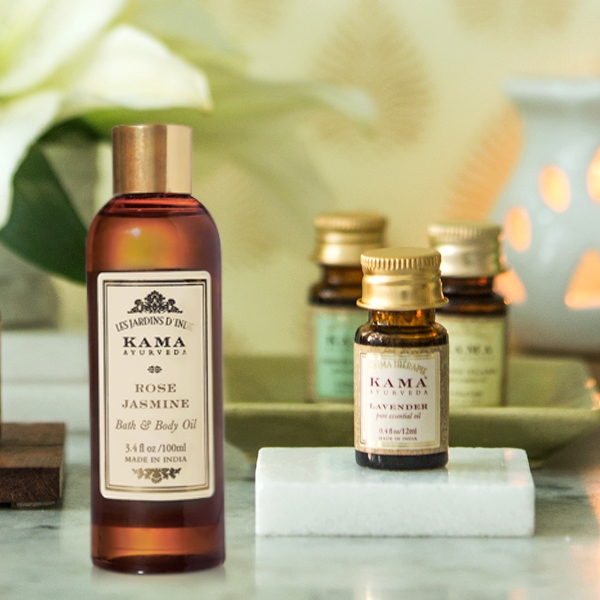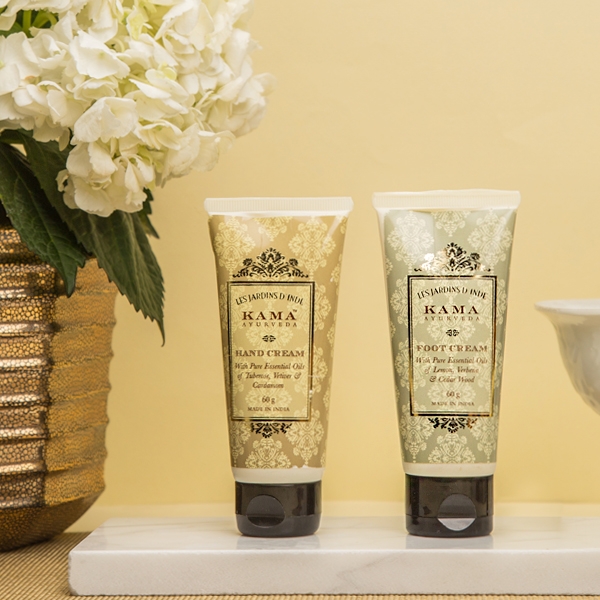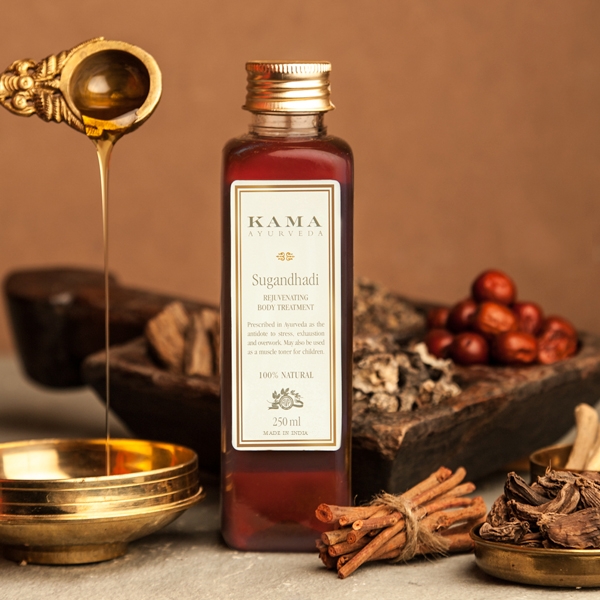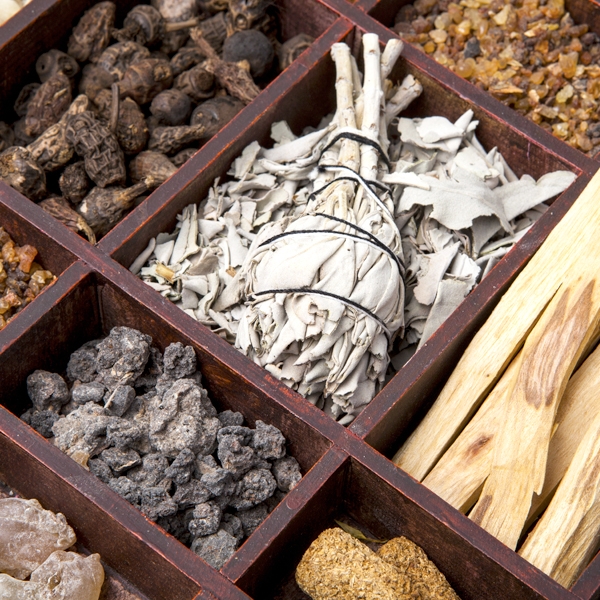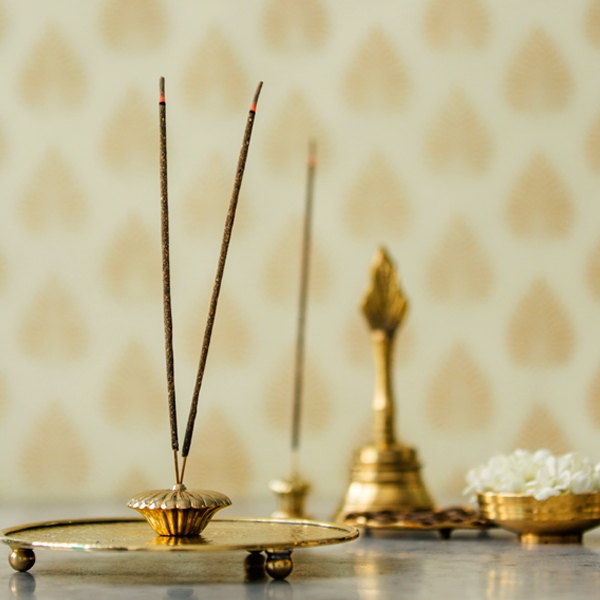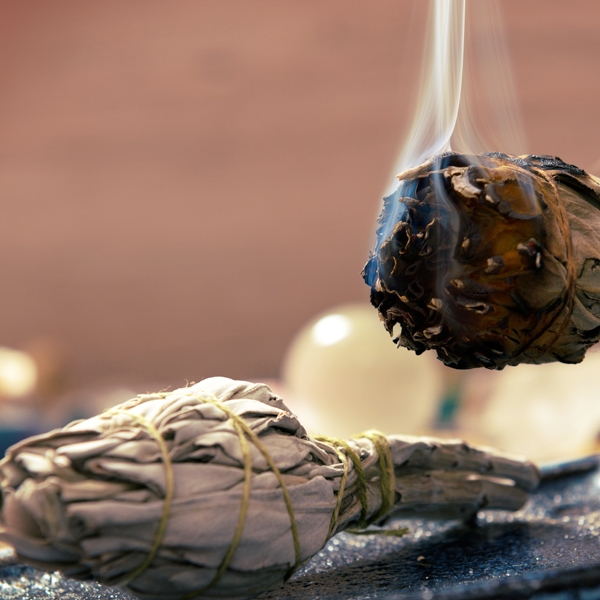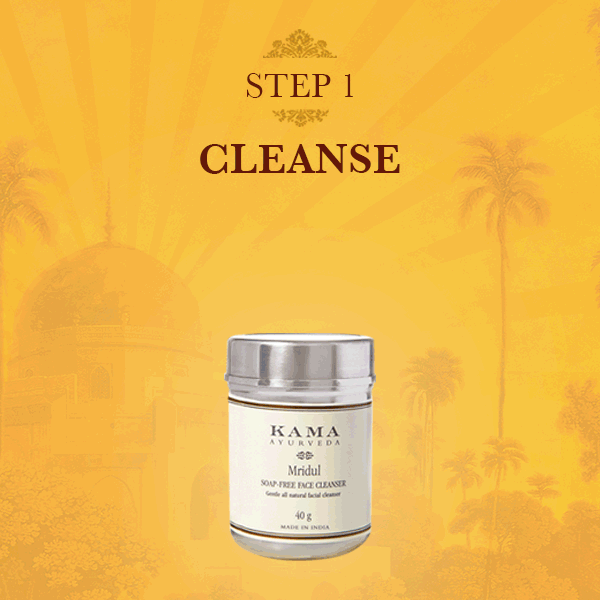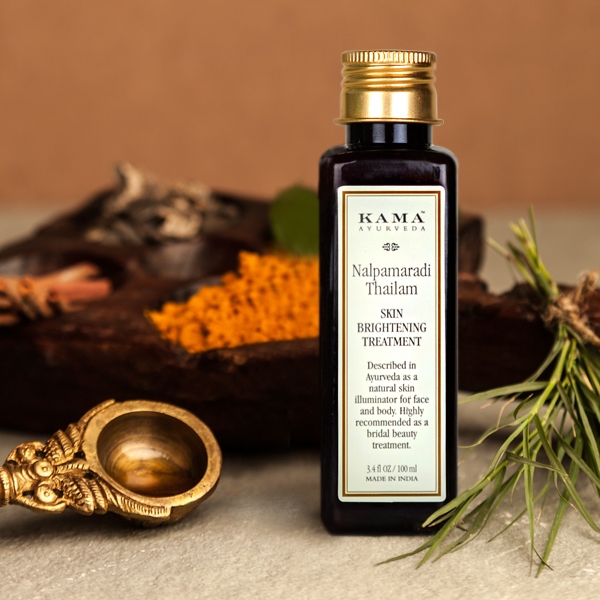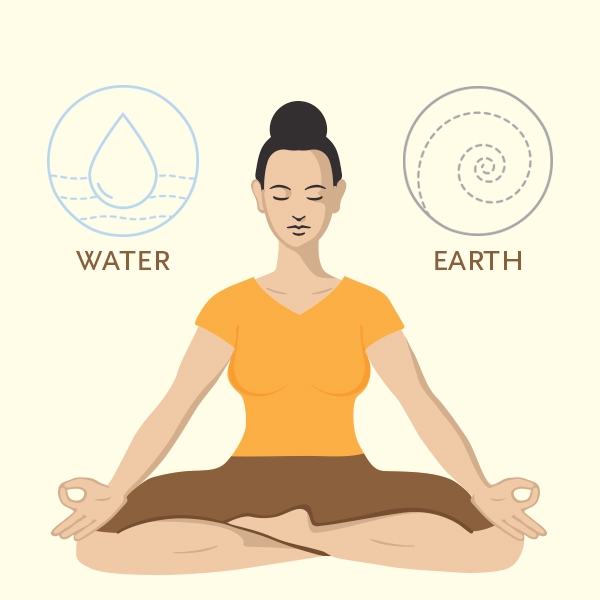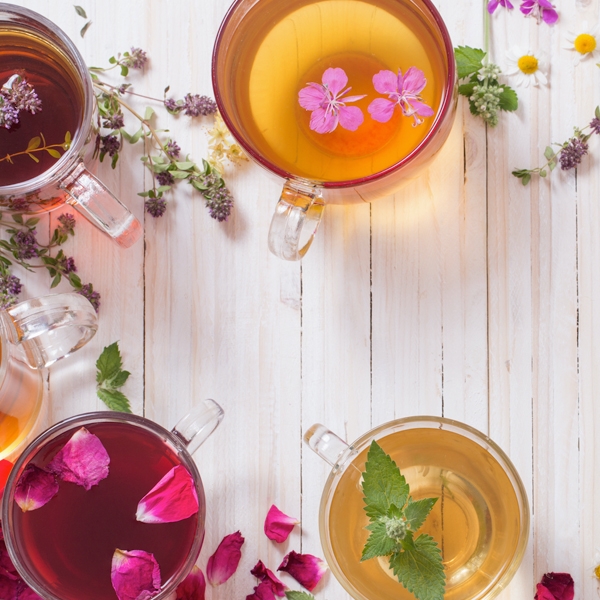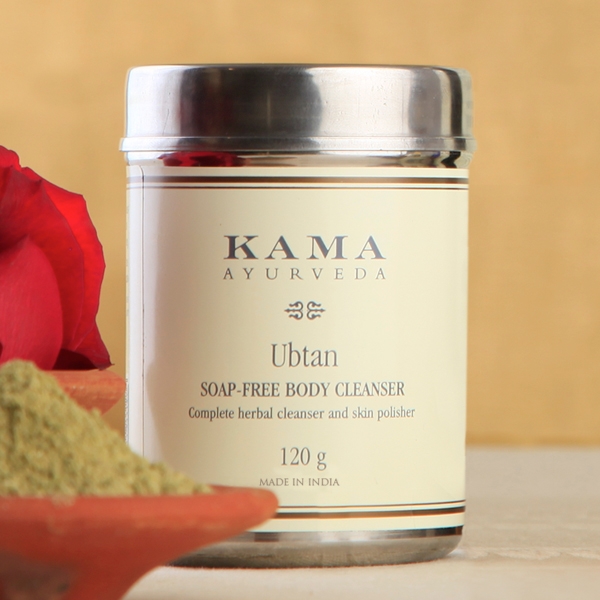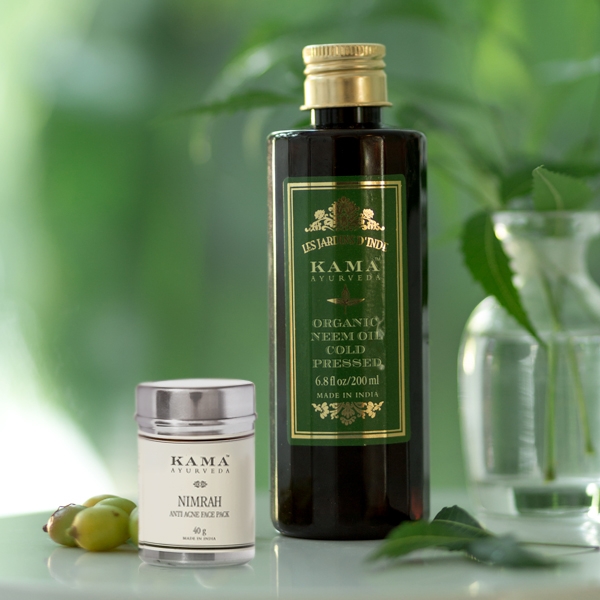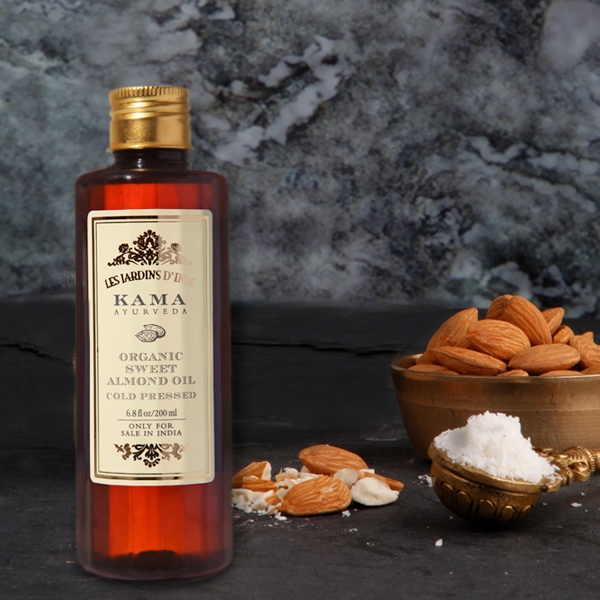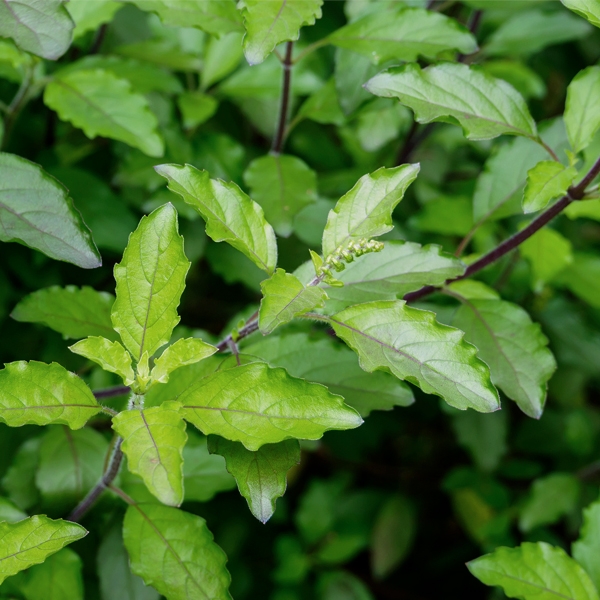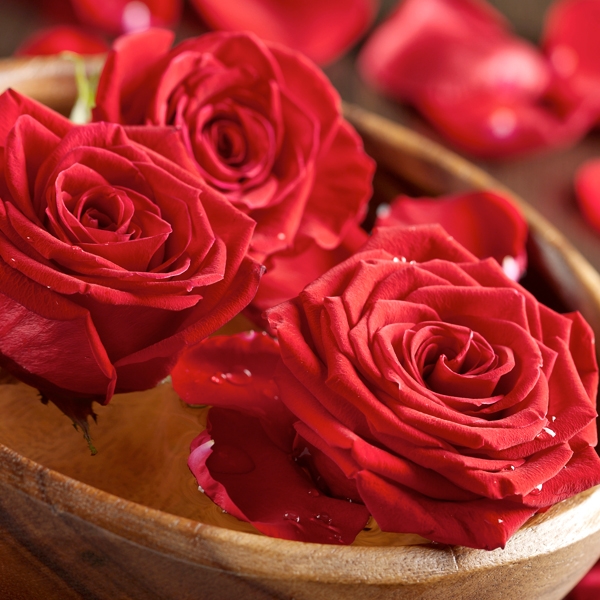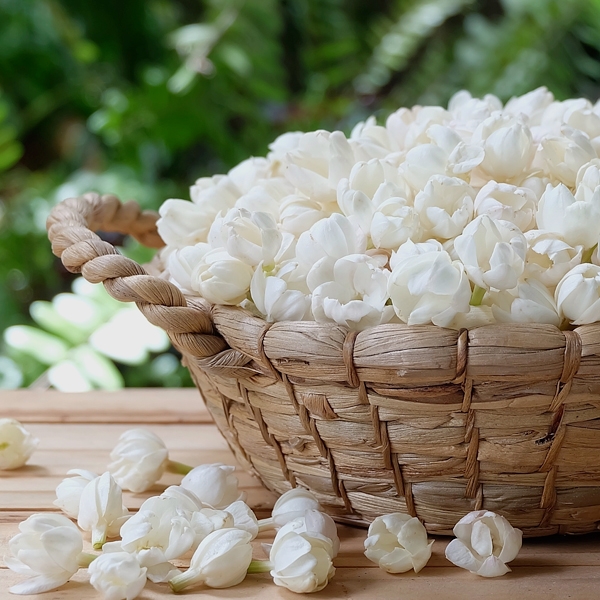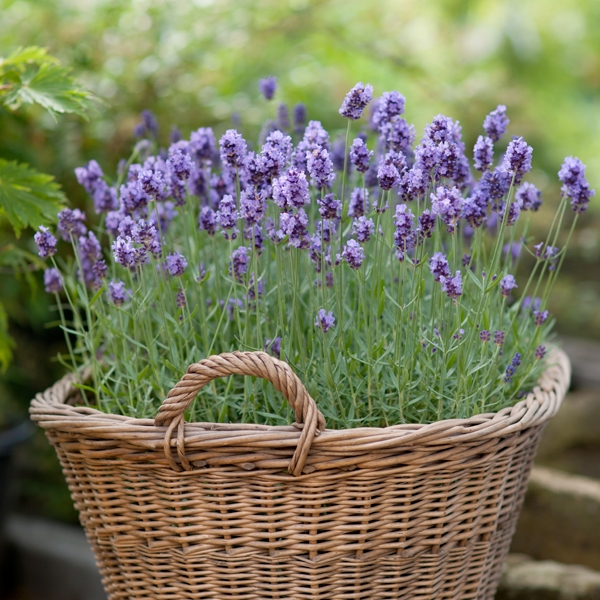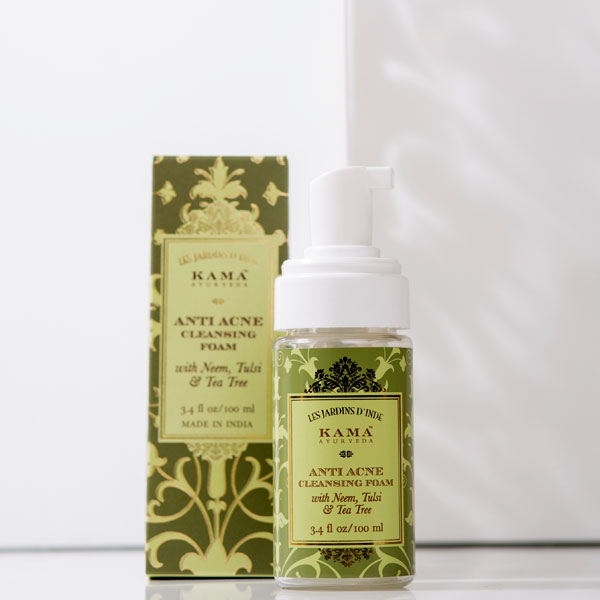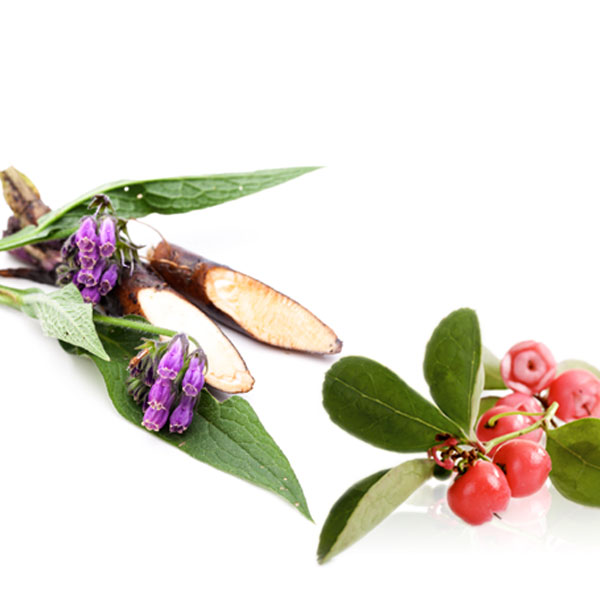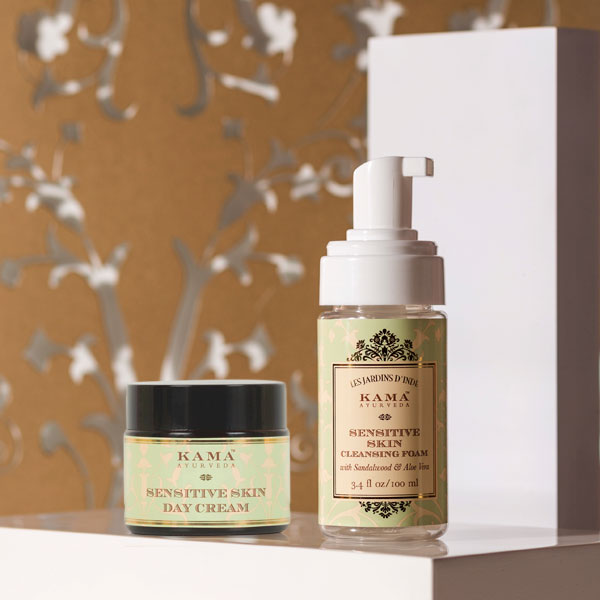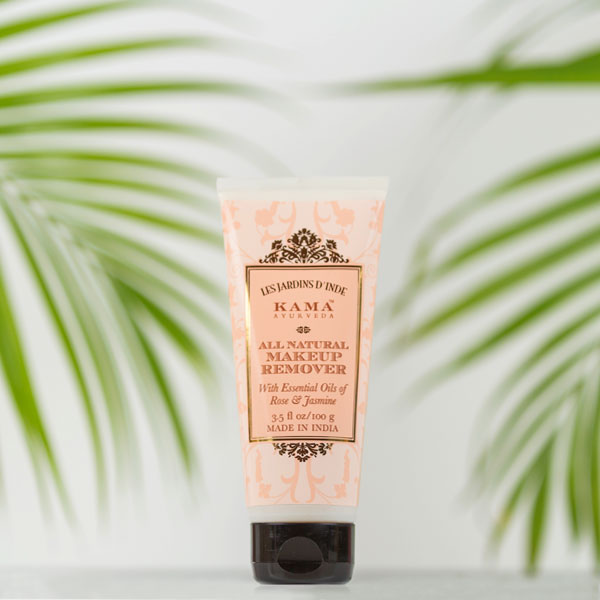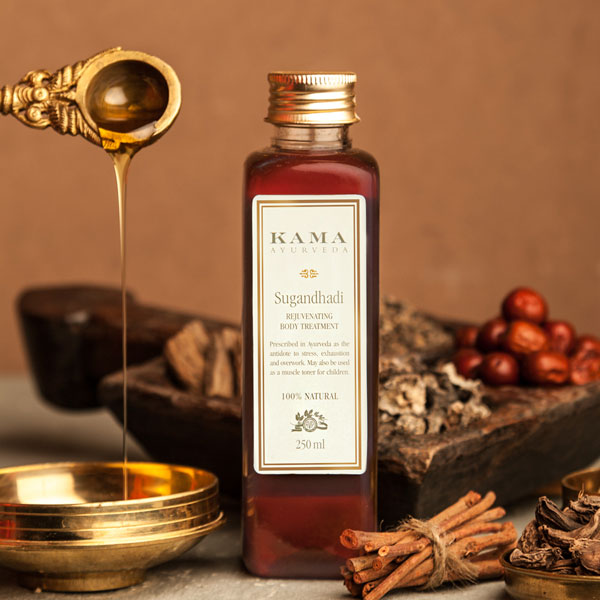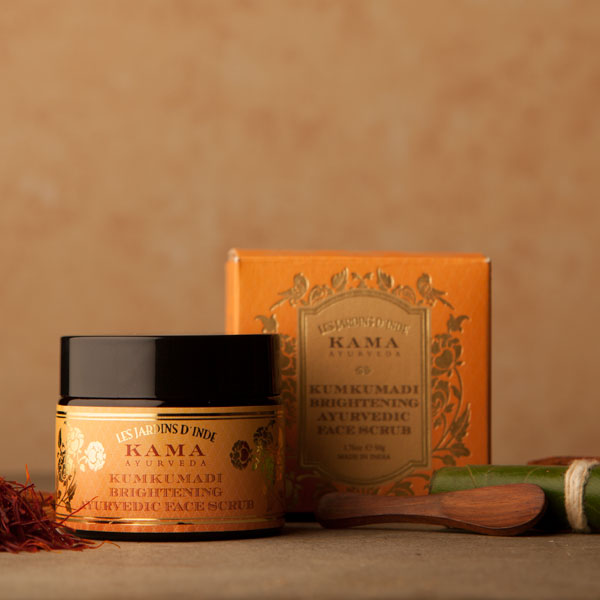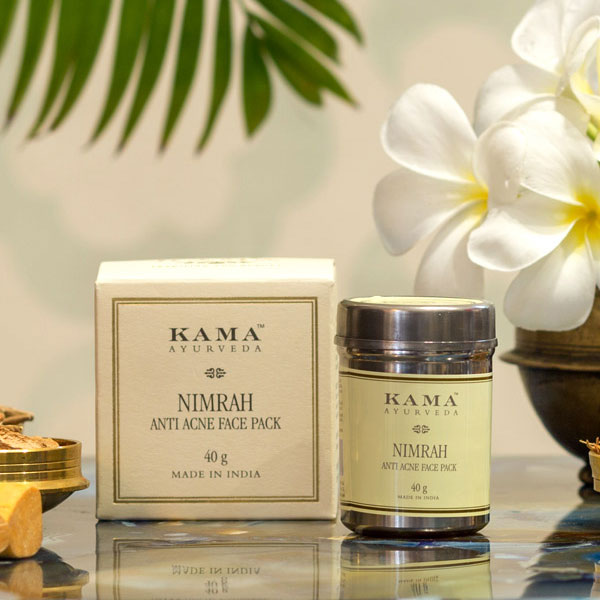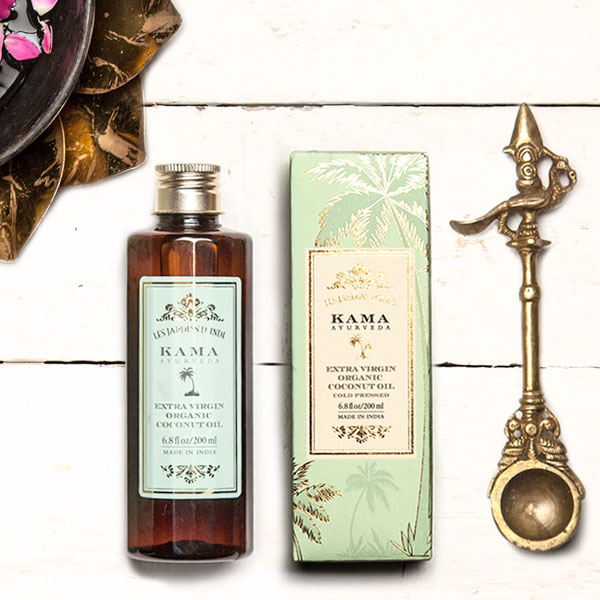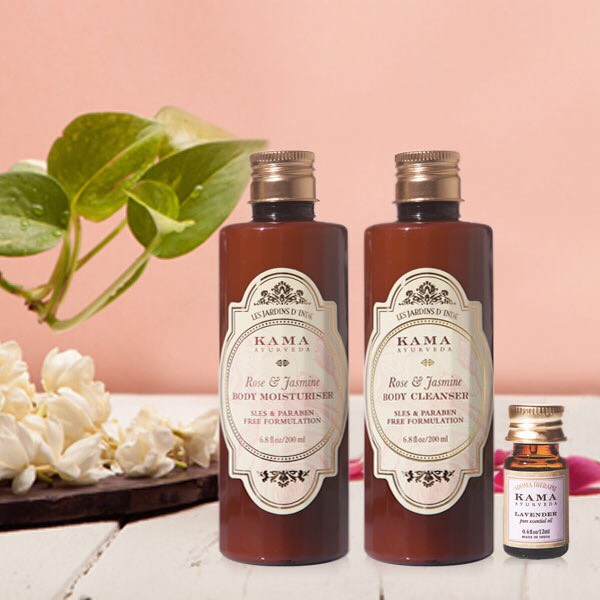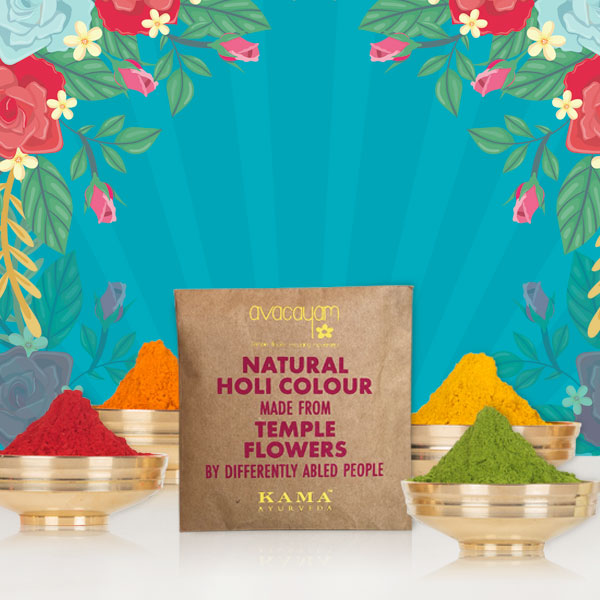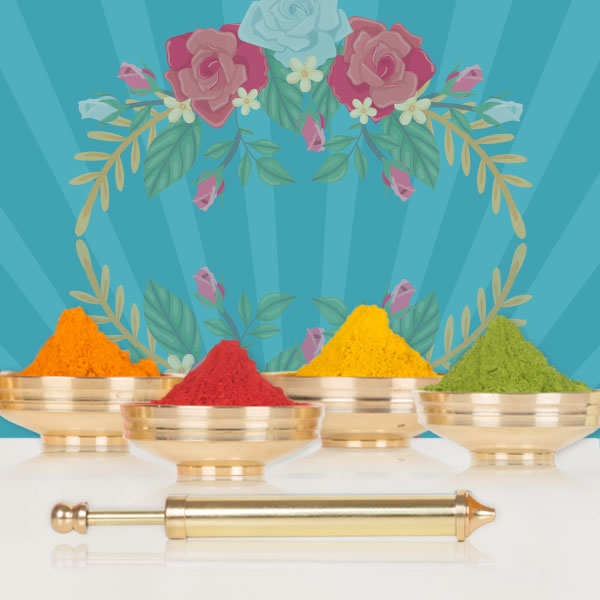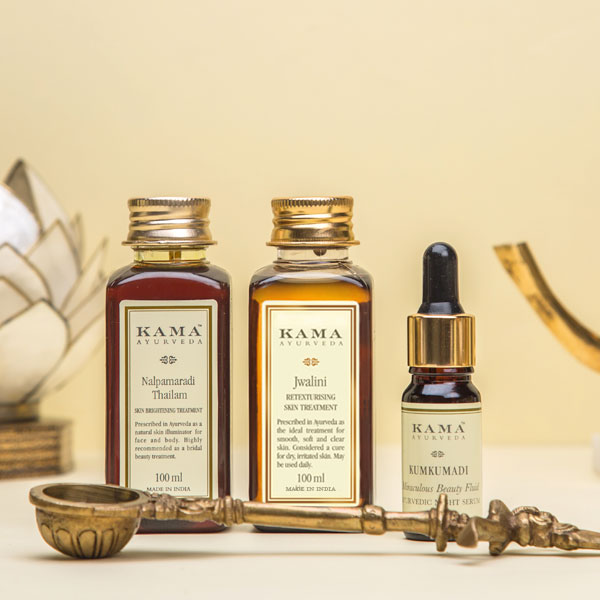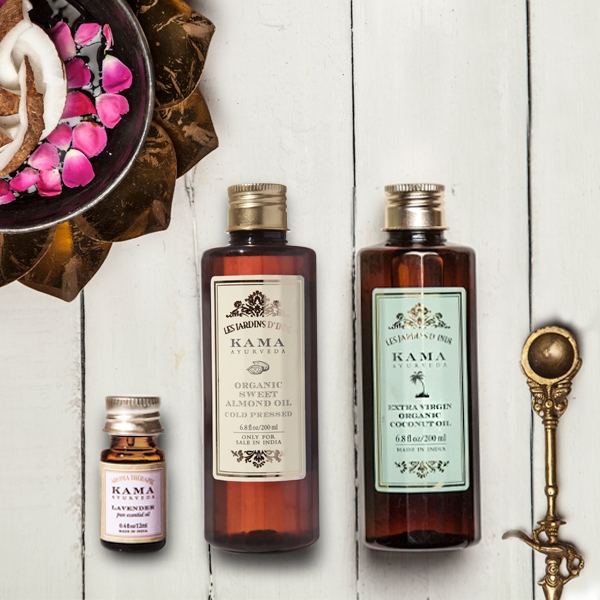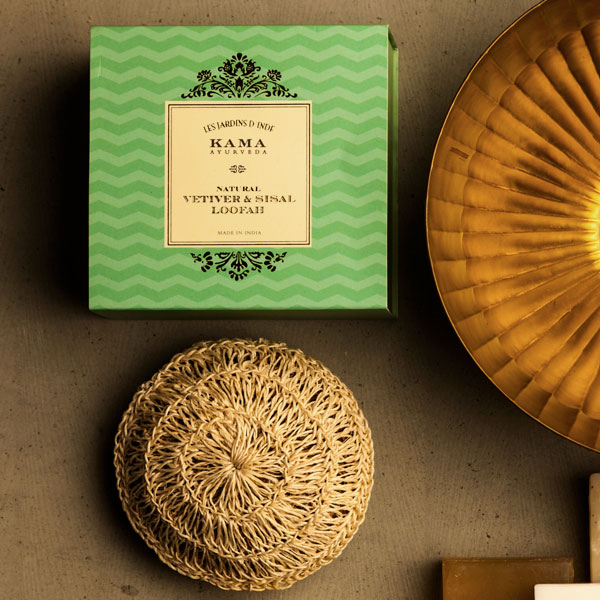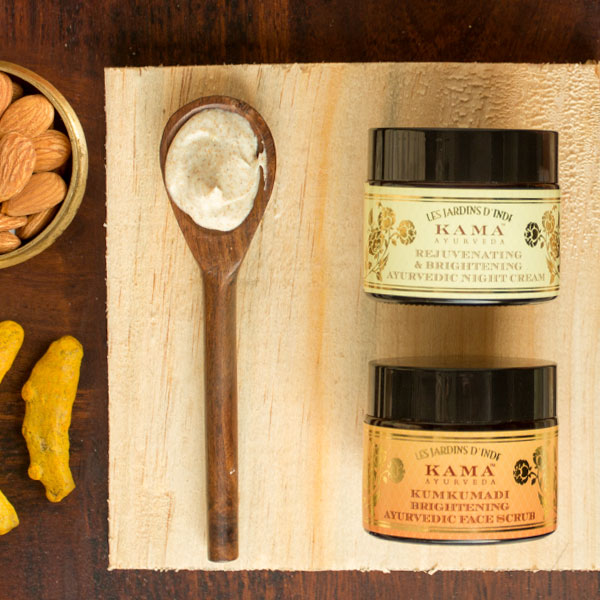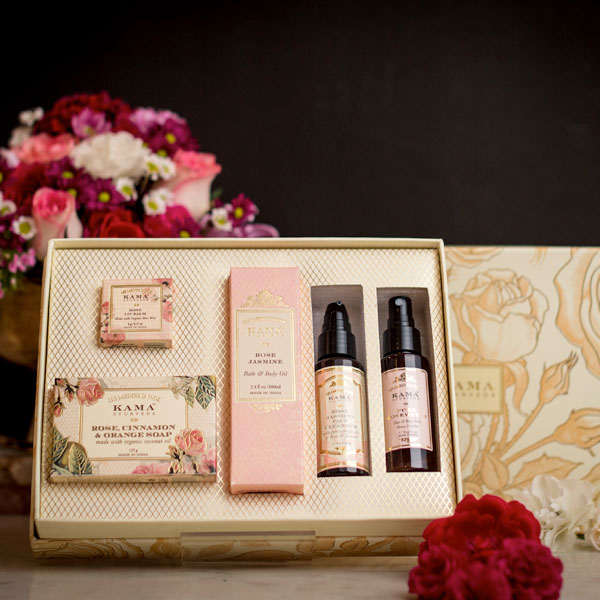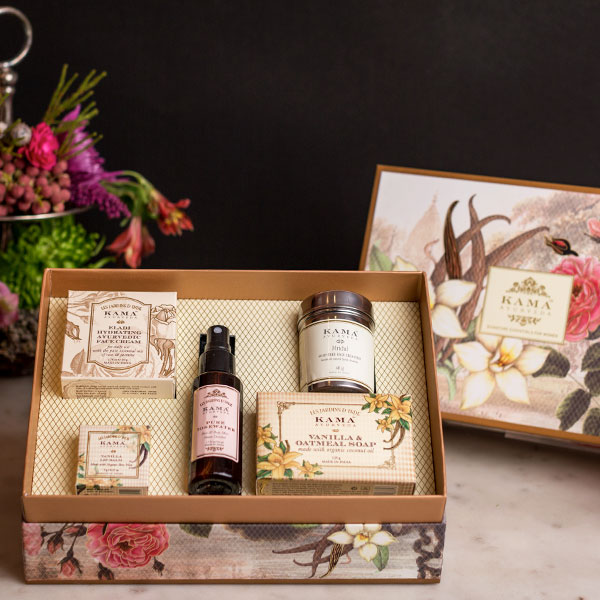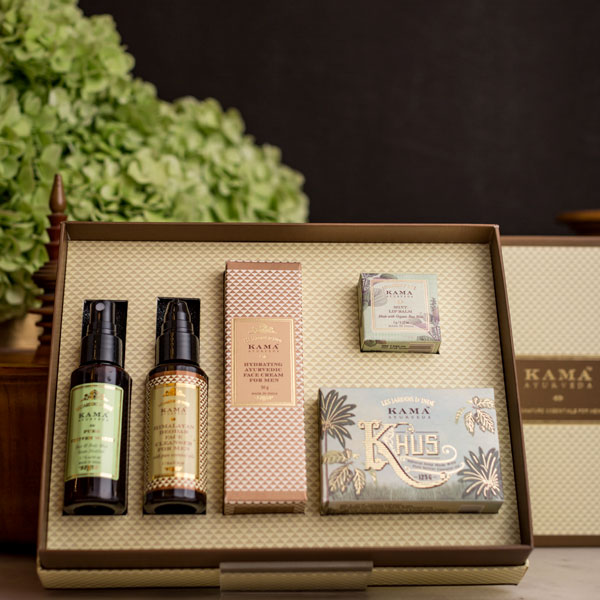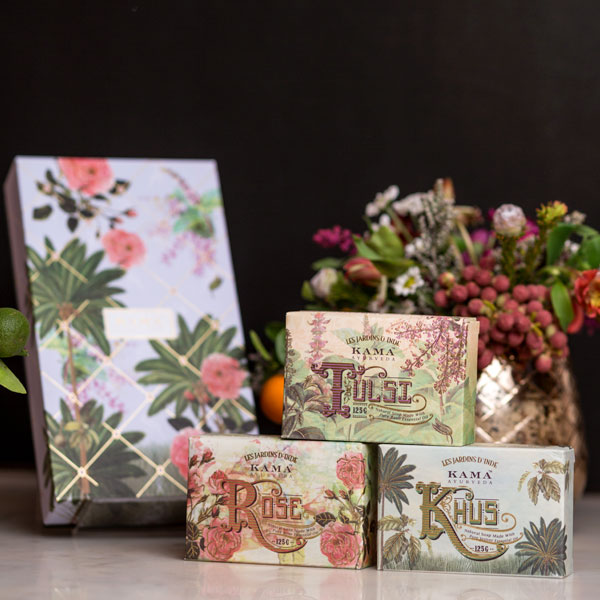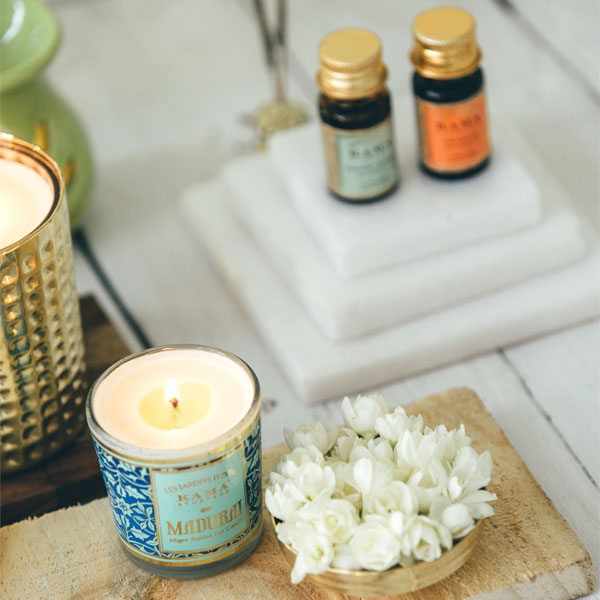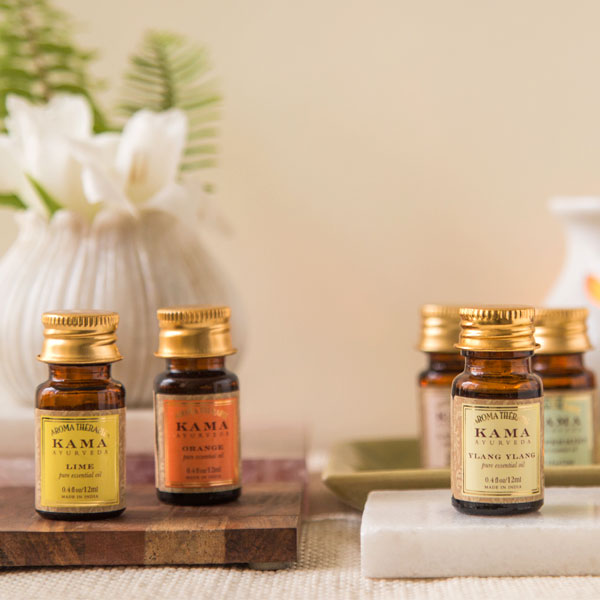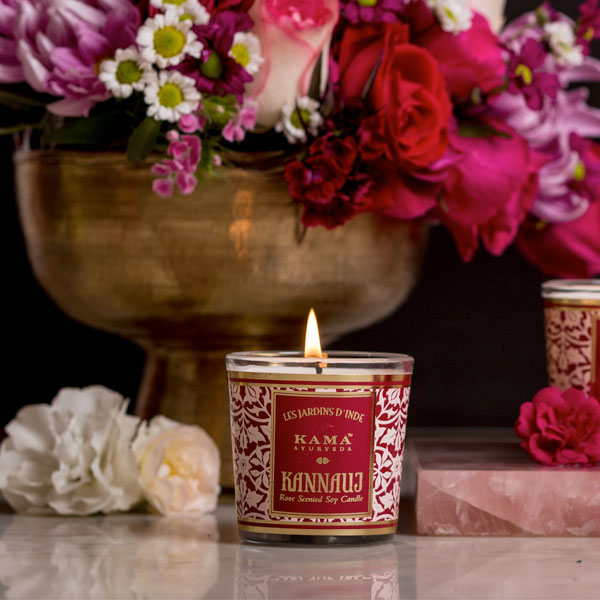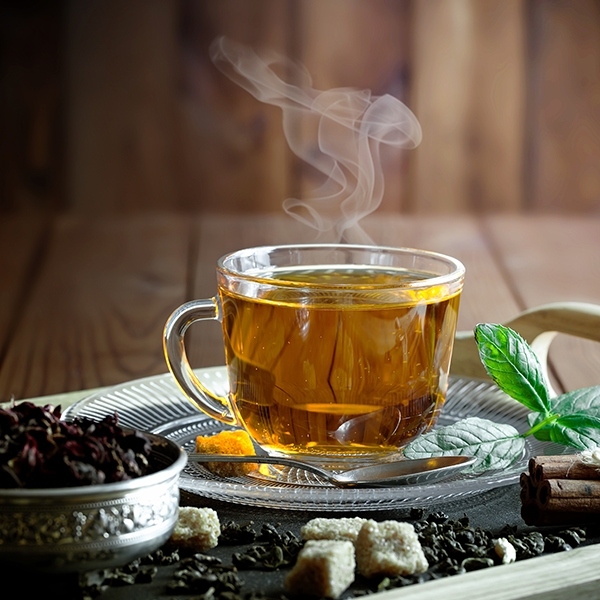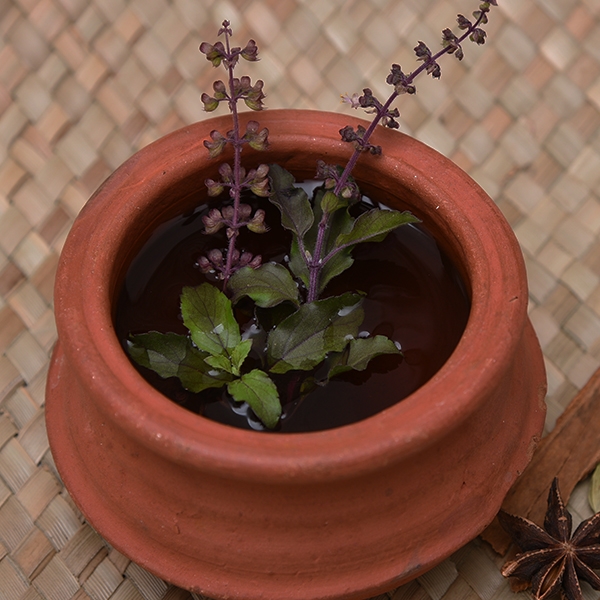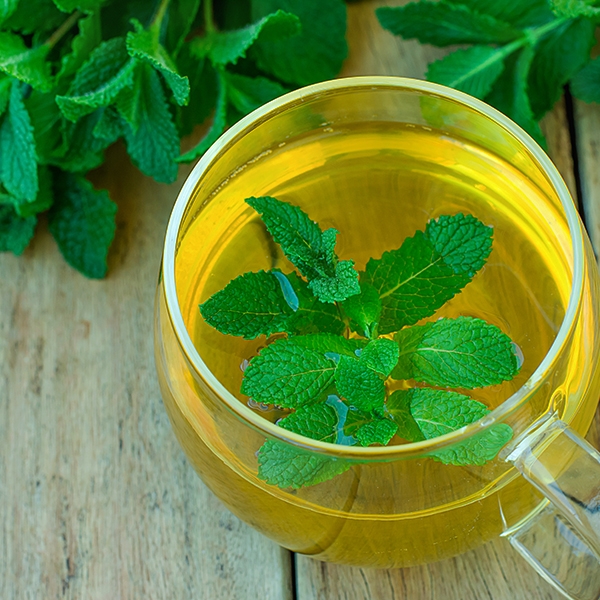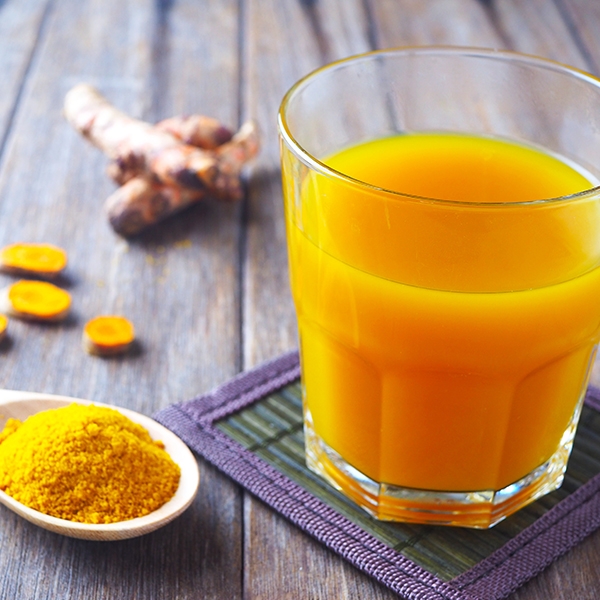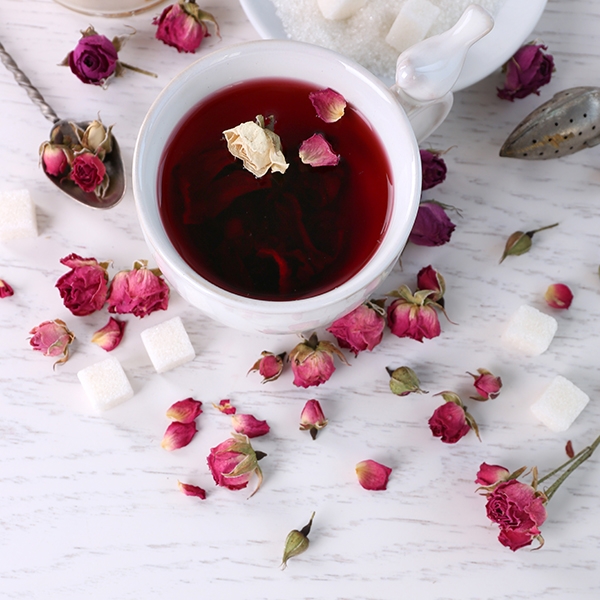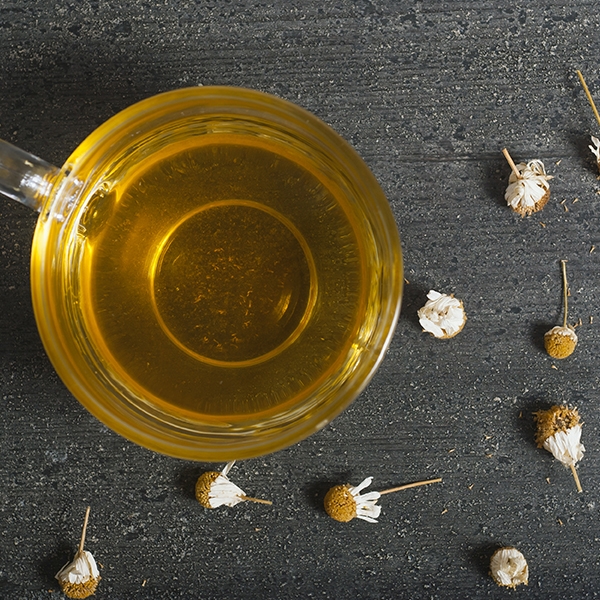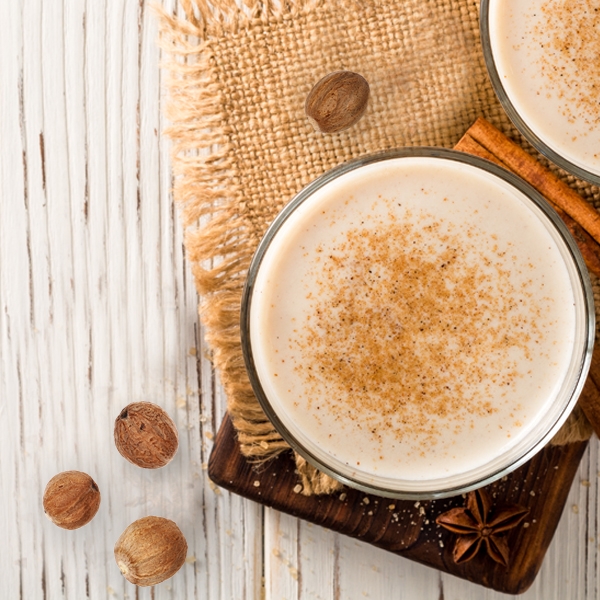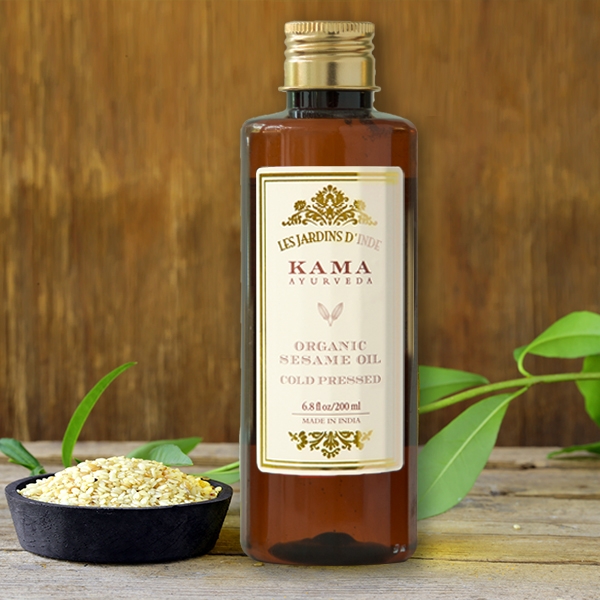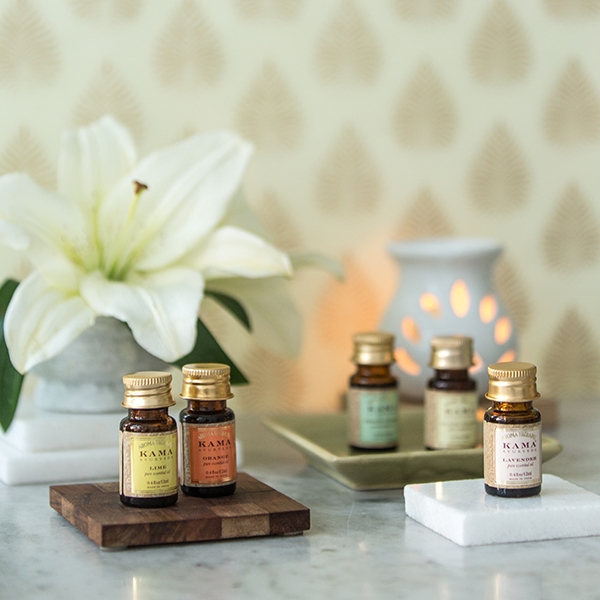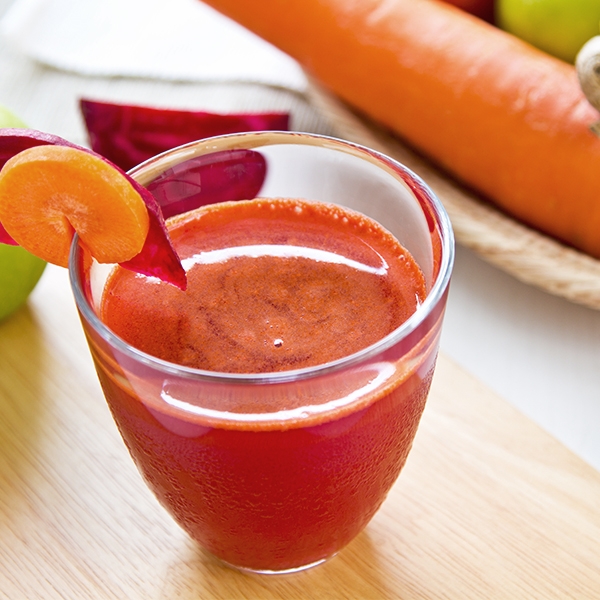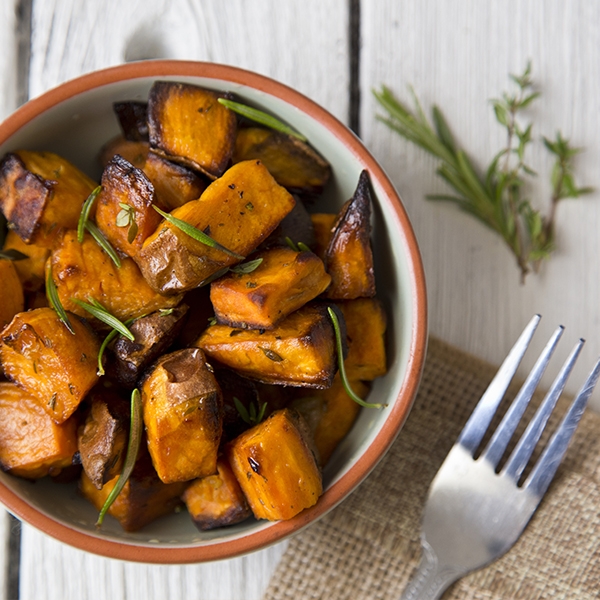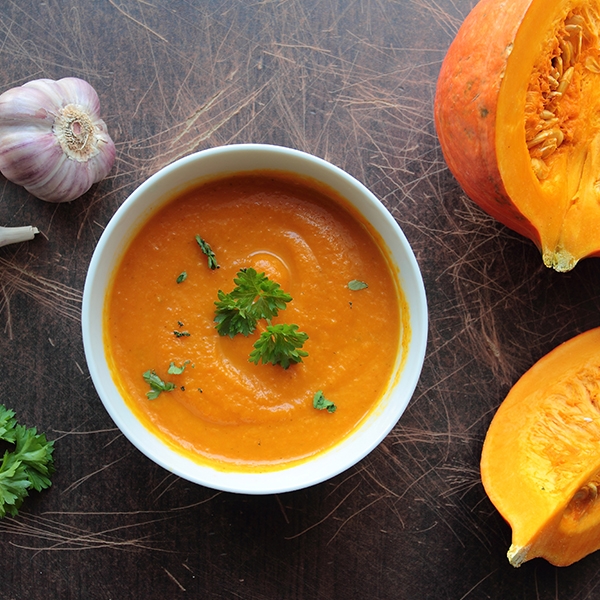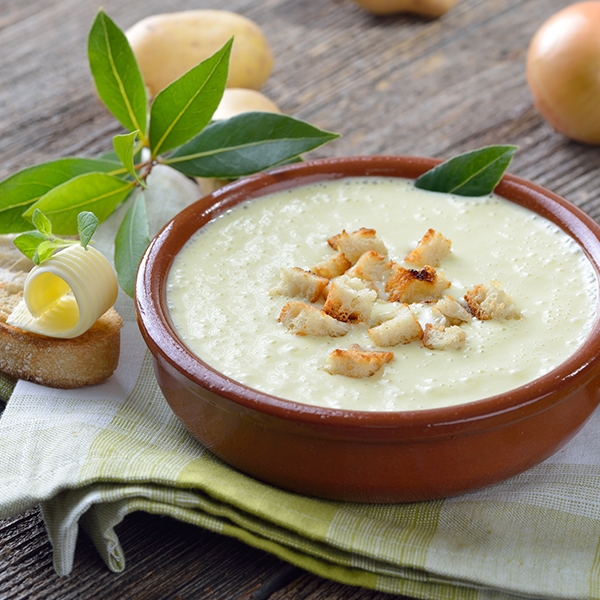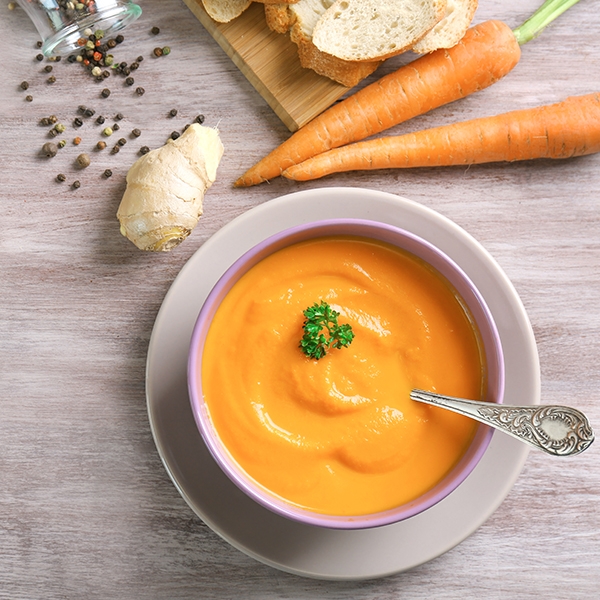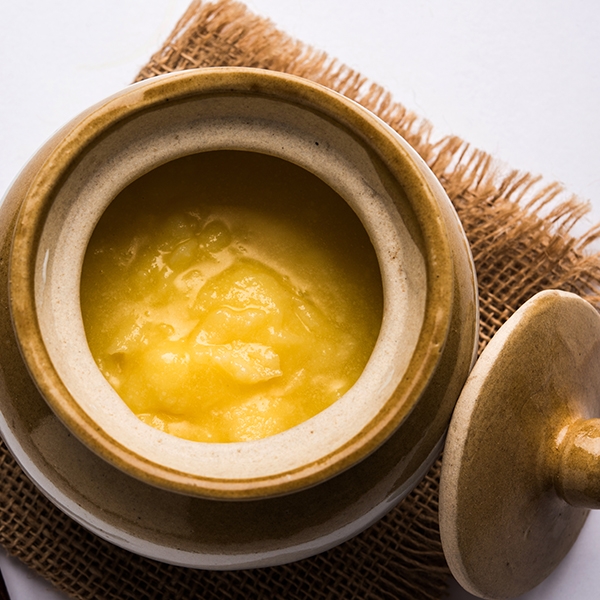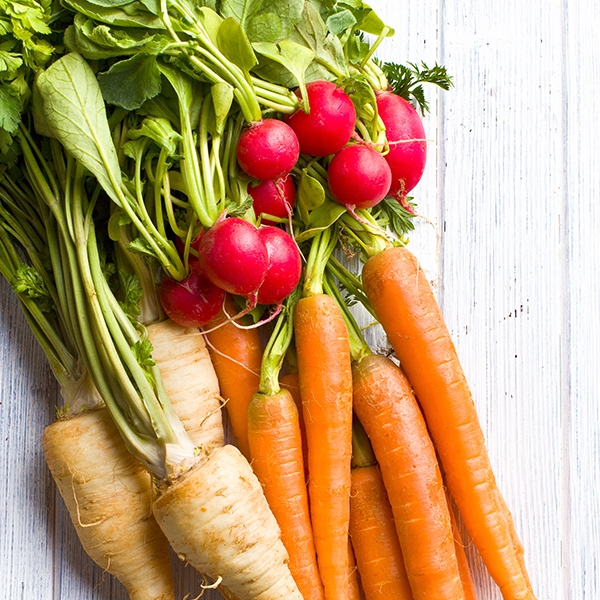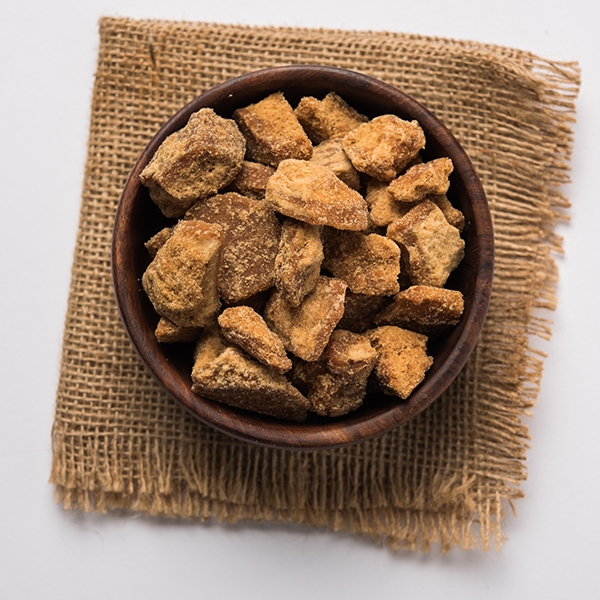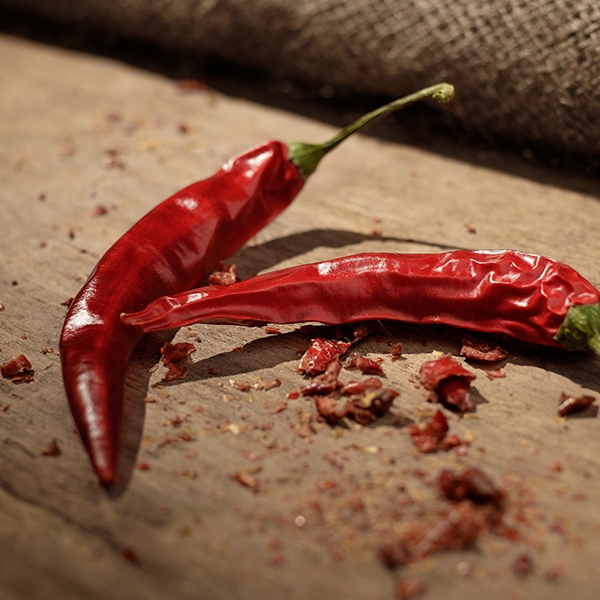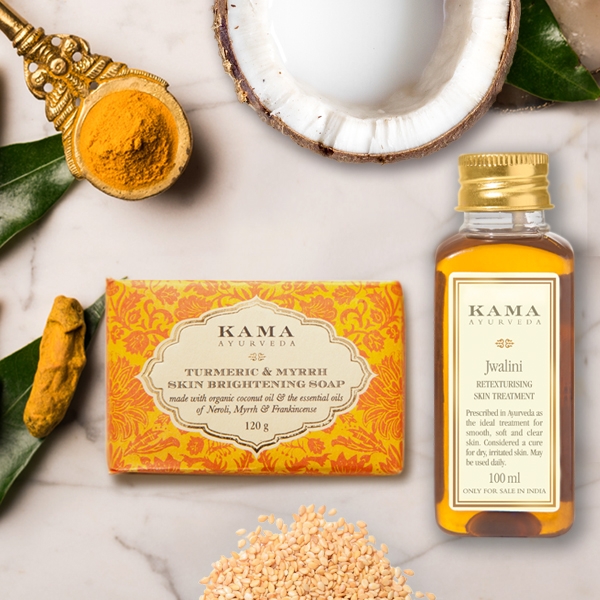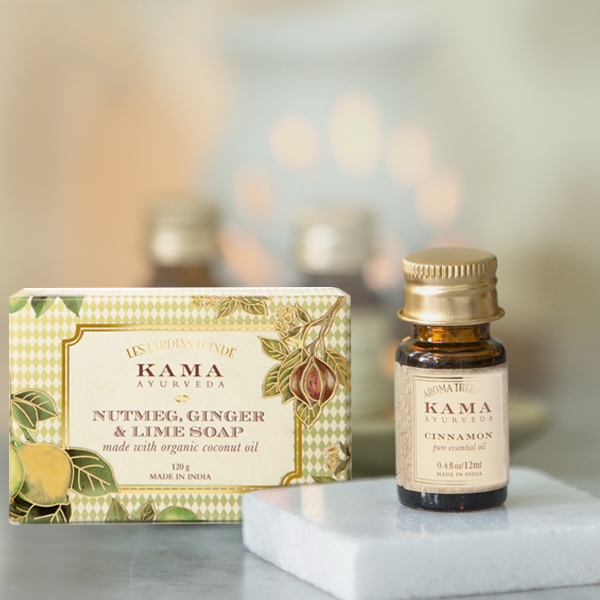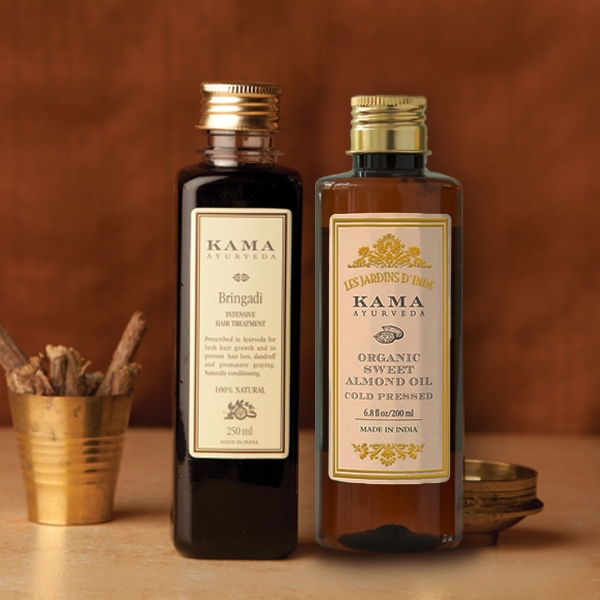As beauty consumers, we are primed to believe that all unpronounceable words on a product label represent artificial, harmful chemicals. We tend to forget that absolutely everyone and everything on the planet is a combination of the Universe’s elements, of chemical reactions!
No doubt, certain laboratory-generated chemicals do more harm than good in the long run. But, let us remember that, some of the world’s deadliest viruses are also completely ‘natural’. It is not the existence of an elemental combination as an ‘acid’, for instance, that makes it wrong for us.
Is it something that is conducive for the improvement and care of our bodies? Does it aggravate the healthy workings of our internal systems? Even if it is a safe, naturally-derived chemical compound, are we using it in the right, helpful quantities and form? Answers to such questions, will pave the way forward, in shedding some of the unfounded, exaggerated fear surrounding the use of safe plant-derived chemical compounds.
The route is easier with Ayurveda. Driven by its default principles, Ayurveda exhibits detailed awareness of Nature’s offerings. It believes in balance, and complementary functioning, when it comes to helping us become healthier, stronger, more beautiful versions of ourselves.
What are some of the useful, safe, Nature-derived compounds, that enhance the inherent workings of our systems?
LAURIC ACID, THE ‘HEALTHY FATTY ACID’ IN COCONUT
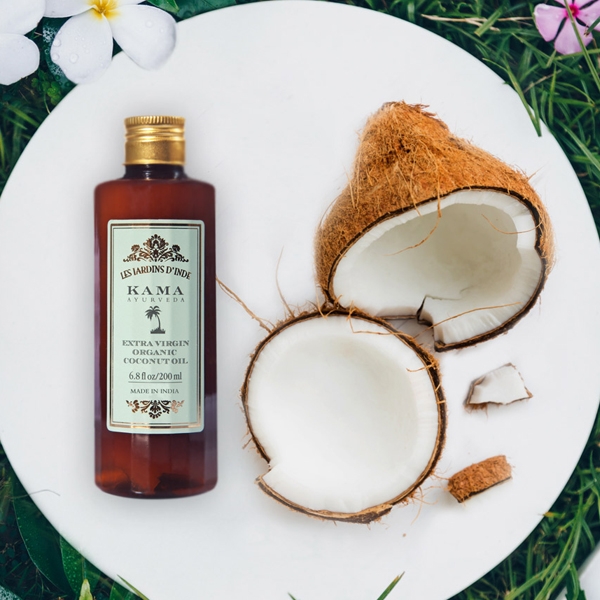
As a medium-chain triglyceride, or MCT, Lauric Acid is considered healthier, because its constitution allows for easier absorption by the human body. Its antibacterial nature makes it useful for the prevention and intensification of acne breakouts. It is certainly a safer option than benzoyl peroxide, which is used in the treatment of acne, but is also known to increase its propensity for allergies, and hypersensitivity. Lauric Acid makes Coconut Oil deeply moisturising. It keeps the skin smooth, supple, ‘plumped-up’, and therefore, youthful in texture and appearance. The Coconuts for Kama Ayurveda’s Extra Virgin Coconut Oil are hand-picked from organic farms in Kerala, and extraction is conducted within 8 hours to ensure maximum, concentrate purity of the Oil. It soothes the scalp, improves blood circulation, and prevents the uncomfortable itching and dandruff, that results from a dry, inflamed scalp.
MILDLY CLEANSING ALLANTOIN FROM THE ‘MAGIC HERB’, COMFREY
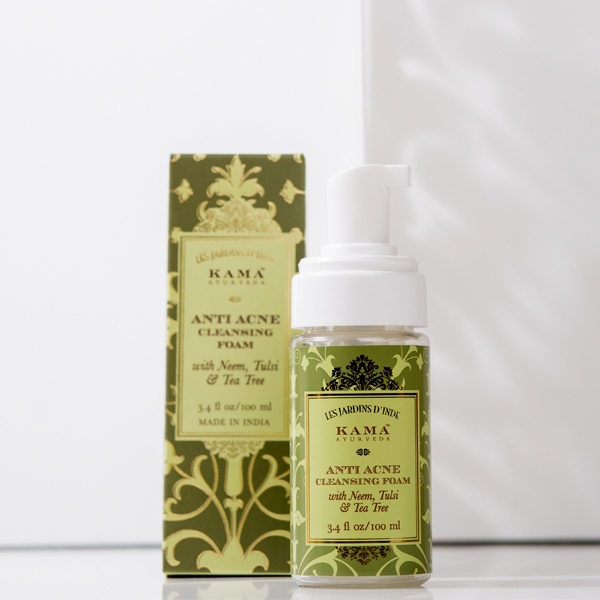
Ayurveda considers Comfrey as a ‘magic herb’ because of its spectacular ability to topically expedite the healing of wounds, bruises, and sprains. It is a reliable source of non-toxic, moisturising, and soothing Allantoin, which increases the production rate of protective white blood cells, and encourages rapid skin cell turnover. Comfrey-derived Allantoin in Kama’s Anti Acne Cleansing Foam, supports the Salicylic Acid obtained from purified Wintergreen Leaf, itself a natural astringent. Both these natural derivates are a refreshing, reassuring change from their harsher artificial variants, which have given the natural, curative nature of these chemicals a bad name.
TRANSFORMATIONAL URSOLIC ACID, IN ROSEMARY
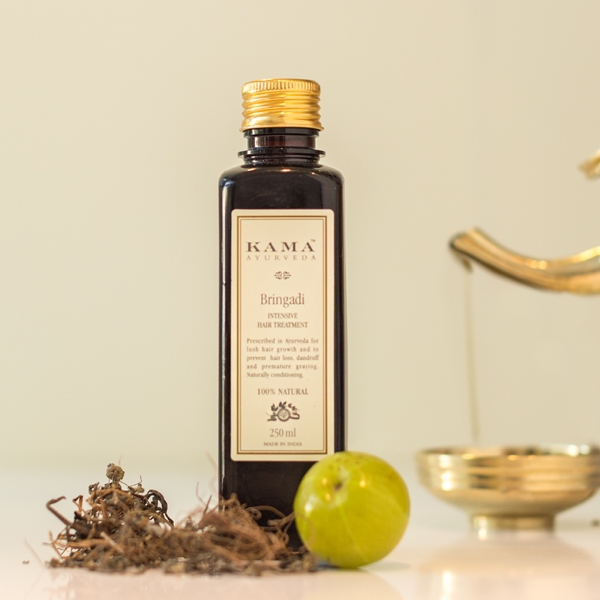
In India, Rosemary is mostly found in the Himalayas, and the Nilgiri Hills. Since antiquity, it has been regarded as the symbol of love, loyalty, remembrance, and immortality. Ursolic Acid present in Rosemary, is as biological, and natural as a chemical compound can be. It is what makes Rosemary highly beneficial in hair care, encouraging fresh and healthy blood supply to the scalp, which in turn stimulates hair follicles, and encourages fresh hair growth. Rosemary is one of the hidden gems in our best-selling Bringadi Intensive Hair Treatment Oil.
The study of chemicals is classified under ‘Natural and Physical Sciences’, because that is precisely what they are. As long as they are safely, unobtrusively, and sustainably extracted from the plants abundant in them; and if they work in tandem with the physiological demands of our bodies without causing harm, they should be embraced and accepted for the extensions of Mother Nature that they are.
